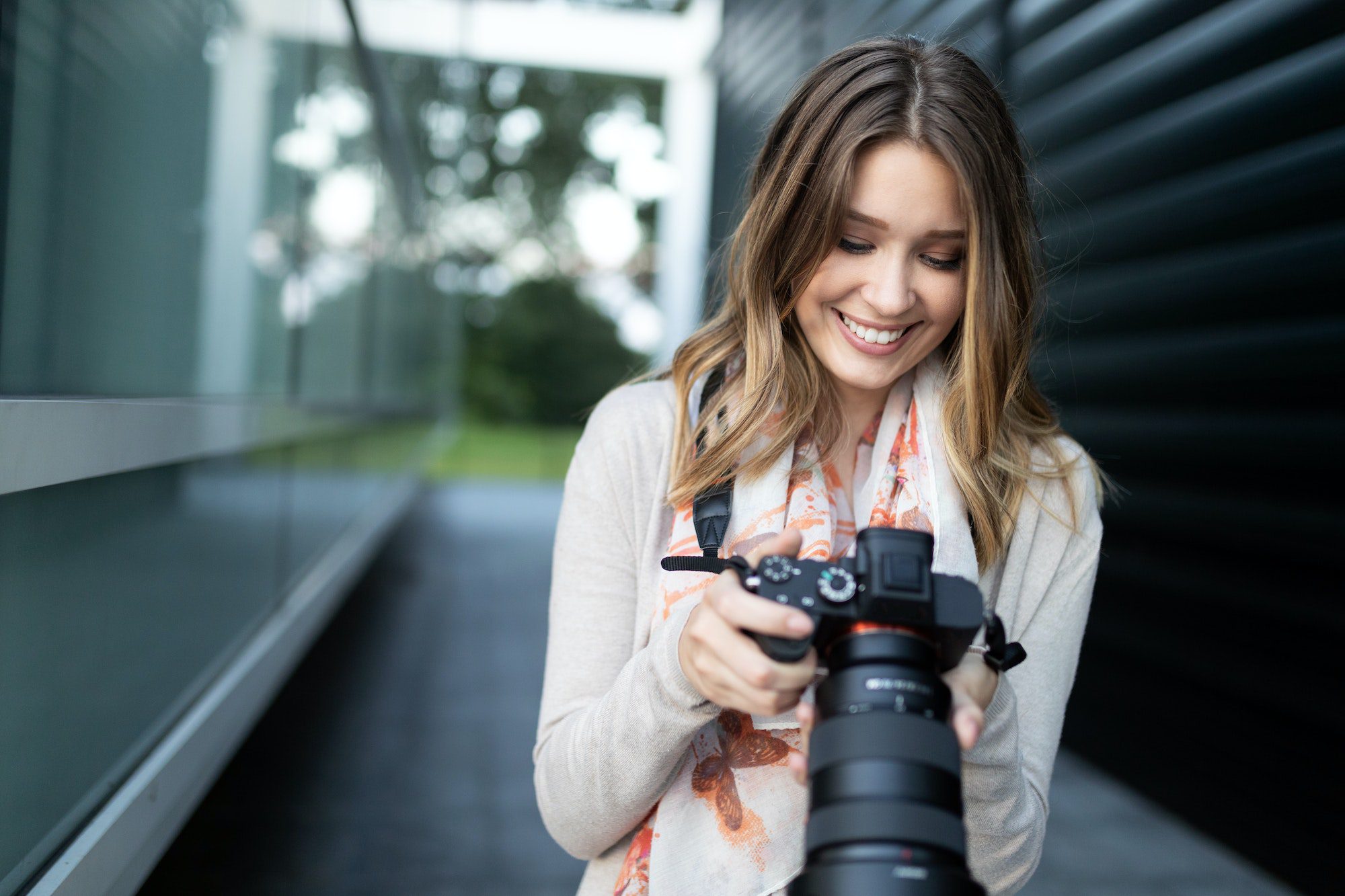
DSLR Guide For Beginner Photographers
If you’re a photography enthusiast you’ve been probably dreaming about those chunky cameras that make the best image quality a modern piece of equipment can produce! With the highest resolutions, RAW image formats, different types of metering and shooting preferences and much more, the DSLR cameras are still at the top of the cameras “food family”.
DSLR cameras don’t have to be expensive, but they are usually surprisingly expensive for new users, you’ll have to purchase two seperate things: A camera “body”, which is the camera without a lens. And at least one lens that you will use with your DSLR camera, which has change-able lenses.
DSLRs are primary split to two types: A Crop Sensor, and a Full Frame Sensor cameras; Full frame DSLRs are the more expensive ones, with better sensors, which are physically as large as a 35mm camera film. A crop-factor DSLR camera has a smaller sensor, which has a “crop factor” – which works like this: The “crop” factor is set by a number which represents the “zoom in” that the smaller sensor creates, as if it “duplicates” the zoom by the area it shows in the sensor. Bottom line is – crop sensor make images which are closer to the subject, if you use the same lens on a Crop and a Full Frame camera, you’ll realize the Crop Camera took a smaller area of the frame, as if it “zoomed in”.
The Difference Between A Crop DSLR and Full-Frame
When using a full frame camera, you get a sensor that is similar in size to the 35mm film cameras, which make them great for quality, frame size and dynamic range of the photos, but a bit on the expensive side for beginners and photography hobbiests.
Most begginers go for a crop-factor DSLR, which has a few advantages besides the obvious disadvantage of the sensor size.
Advantages of a Crop Factor DSLR Camera
- Less expensive
- Lighter
- Cheaper lenses
Advantages of a Full Frame DSLR Camera
Pros and Cons of a crop DSLR camera
Recommened Crop Cameras
Crop DSLR cameras are fantastic for beginners and mid-range photographers.
Recommended Models Of Canon Crop DSLRs
| Image | Product | Features | Price |
Our Pick1 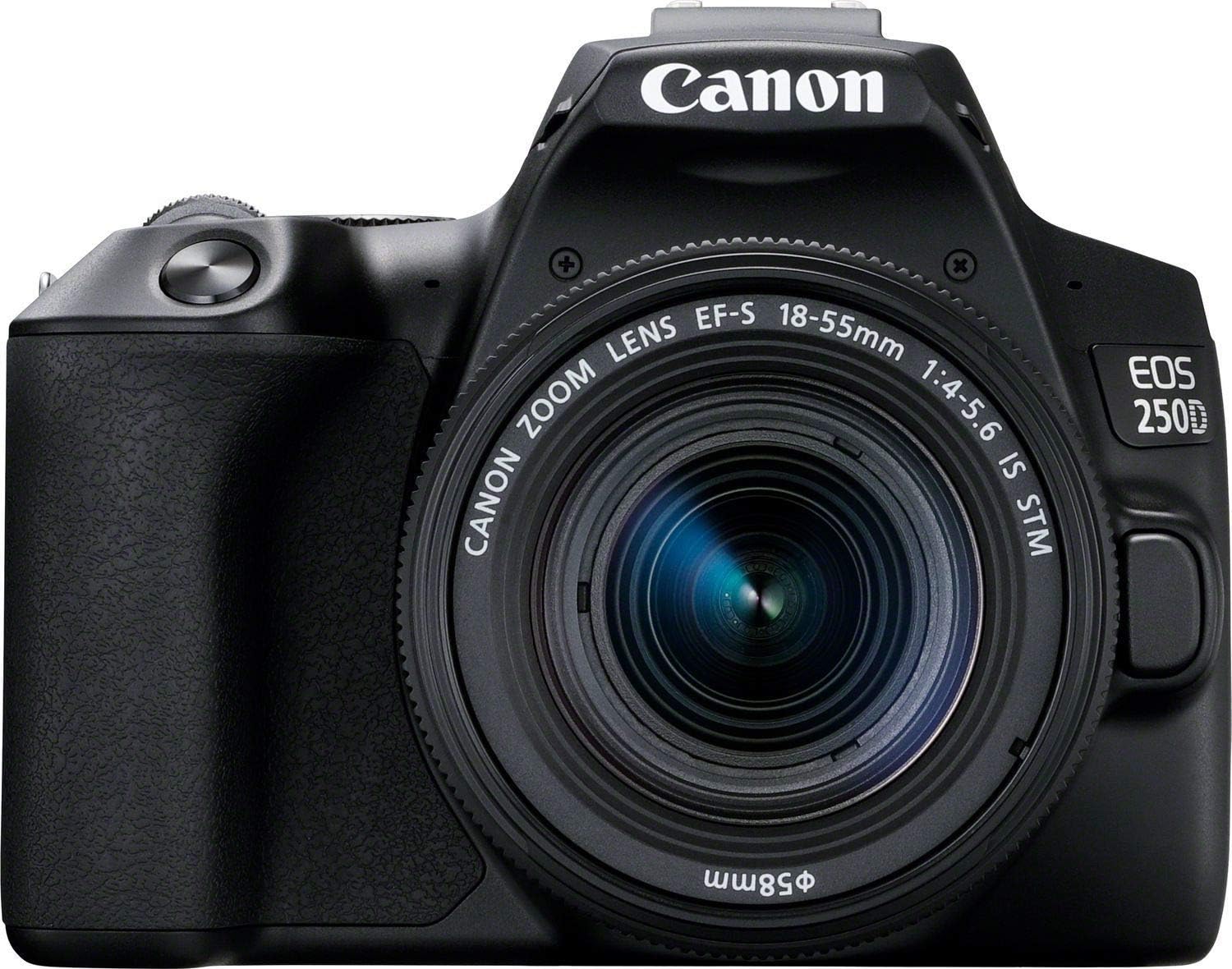   | Canon EOS Rebel SL3 / EOS 250D | Best Budget Canon DSLR | |
2 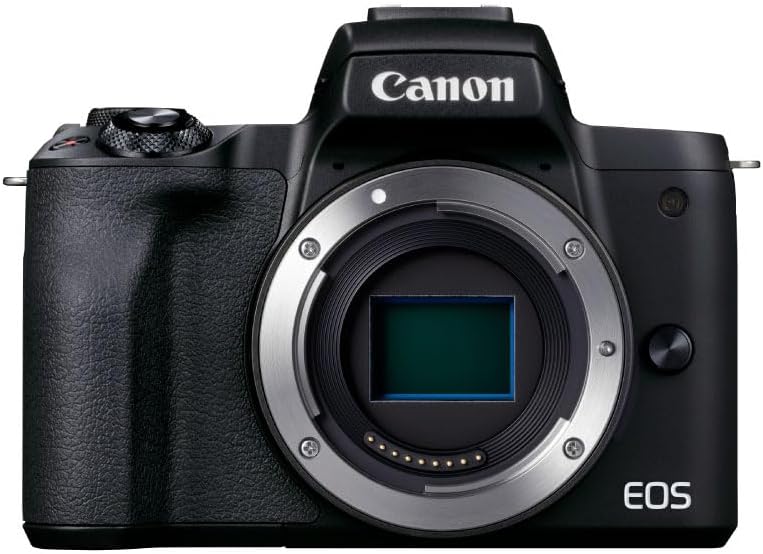  | Canon EOS R7 | Great Mirrorless Camera | |
3 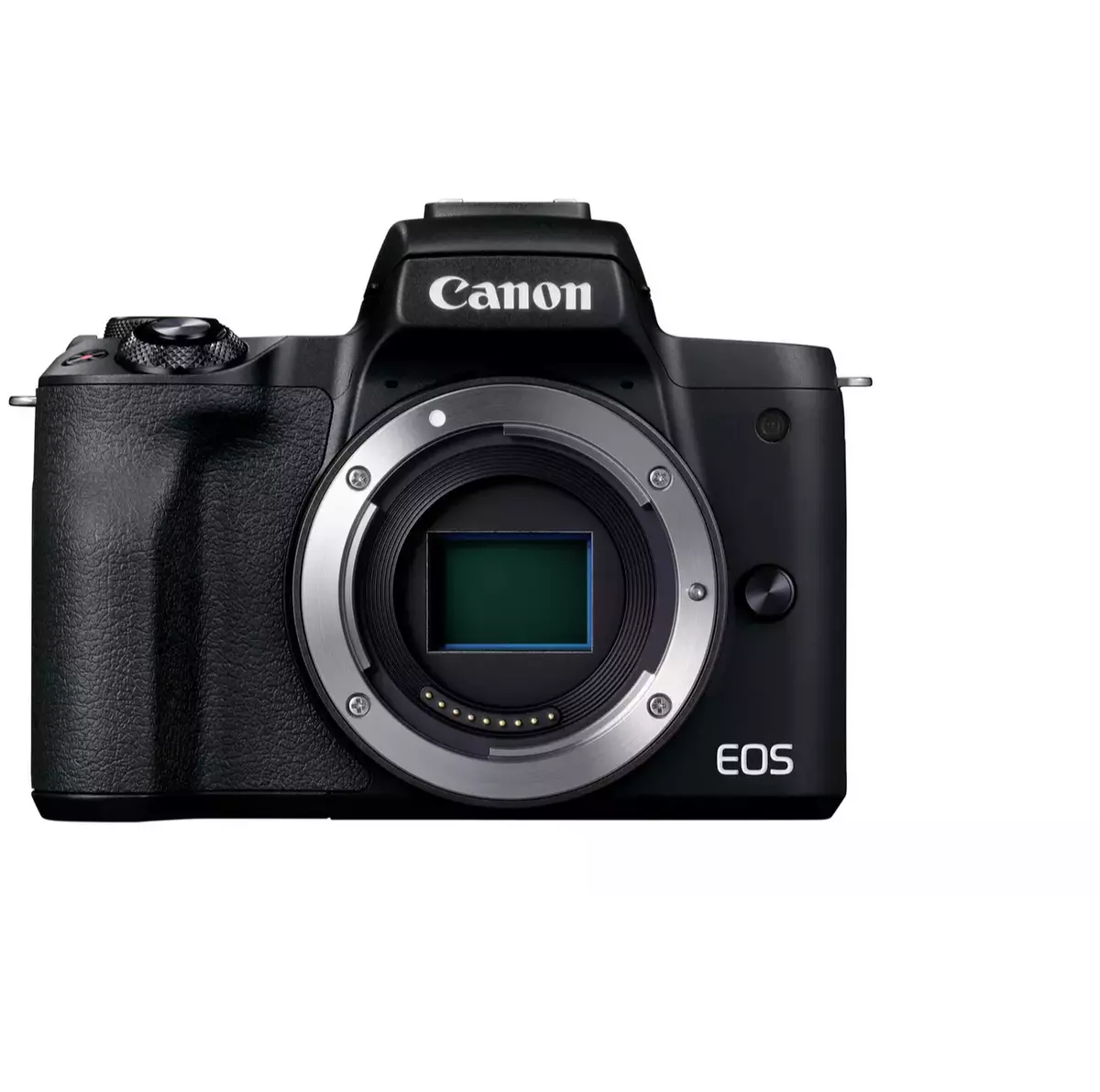  | Canon EOS M50 Mark II | Best For Video |
Nikon
| Image | Product | Features | Price |
Our Pick1    | Nikon Z 50 | Best budget Canon DSLR |
Sony
Recommended Full Frame Camera
Canon
Nikon
Sony
\ Mirrorless
When comparing DSLR and Mirrorless cameras with the same approximate cost you will find that:
| DSLR | Mirrorless | ||
| WeightIs it travel friendly? | Heavy & Bulky | Less Heavy | |
| Lens ChoicesOptions for lenses | More Options | Less Options (Growing) | |
| Physical SizeHow comfortable it will be | Larger | Smaller | |
| Apps and featuresPhoto editing and effects | Simple | Advanced | |
| PriceWhic is easier on the wallet? | Cheaper | Expensive |
Mirrorless Cameras And Why They Are Awesome
A mirror-less camera is like a modern DSLR, but much smaller. What makes them small is the way they are build – Which is WITHOUT a mirror. Why does a camera even need a mirror?, Well it’s a combination of old tech and new tech, the mirror inside a DSLR is best used for having a real-time viewfinder which let’s you actually see what you are shooting, with an accuracy of more than 99%. Mirrorless cameras use a digital viewfinder, which has it’s limits, showing approximate colors and less accuarate on what is being “shot”, it does have a few advantages over the DSLR cameras.
DSLR Camera Advantages Over A Mirrorless Camera
A DSLR is different from a mirrorless camera by having a mirror inside it which reflects lights and let’s the photographer see what is actually being taken into the shot when he’s looking through the viewfinder. DSLR cameras are more widely used and have more options for lenses, which makes place for cheaper options and better competition between manufacturers. When purchasing a decent mirrorless lens, you’ll have to break the bank.
Advantages Of A Mirrorless Camera Over A DSLR Camera
If you’re wondering what camera will suit your needs, you’ll have to conder a mirrorless camera, with the ability to upgrade lenses, you’ll have the best quality you can find with a relatively small camera.
The market for mirrorless cameras has grown quite a bit and the demand is rising, mirrorless cameras now vary in costs, tech, sensor sizes which include a Full Frame sensor in some of the most expensive ones, for professionals. And it may be a killer for the DSLR market when the mirrorless cameras will have more advantages than a DSLR that will force the market to shift towards using them instead of a DSLR regularly.
Videographers already did the switch
Although shooting a video with a DSLR sounds fancy, a full frame mirrorless camera might do a better job in shooting video than your expensive DSLR camera. With a lot of features, you can find professional and really compact models of mirrorless cameras such as the Blackmagic cameras.
Verdict
After years of using all types of cameras, I would suggest the Mirrorless cameras if you’re not tight on a budget, they will suit anyone best with overall features.
On the other hand, if you’re looking for a professional cameras, you don’t mind the size, but you do want it to be less expensive, go for th Crop-Factor DSLR cameras, that are just great.
And if you’re looking for the best quality you can find, you’ll find the Full-Frame DSLRs best for you.
Don’t forget to purchase lesnes! Happy photography

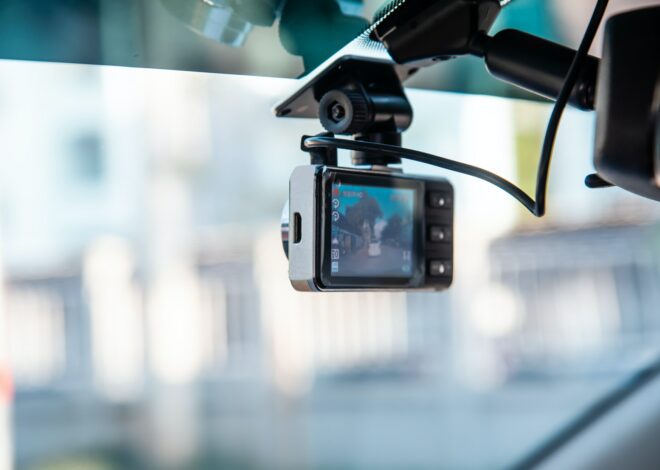


Thanks for this article